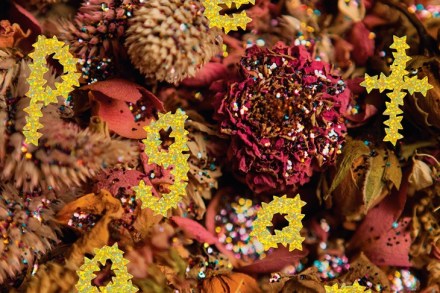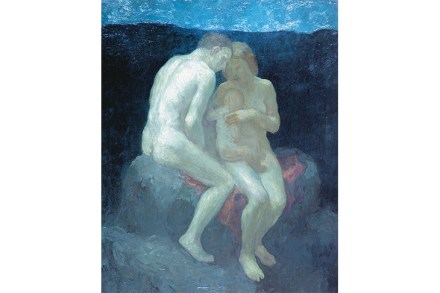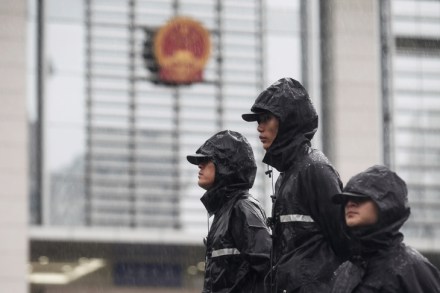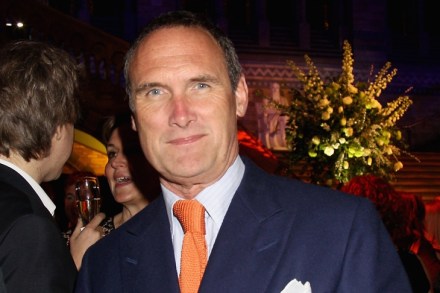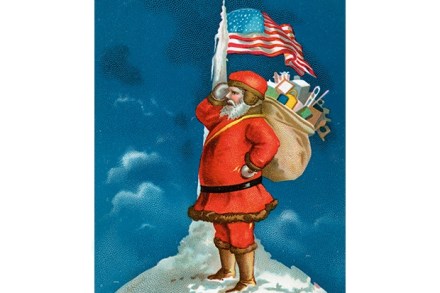The bridge of size
Before Brooklyn exceeded it in cool, Manhattanites spoke dismissively of BNTs. These were the Bridge ‘n’ Tunnel folk, the out-of-towners who needed civil engineering to help them reach social nirvana. The ambitious critic Norman Podhoretz, a master of self-invention, was one such. His notorious Making It (1967) begins: ‘One of the longest journeys in the world is… from Brooklyn to Manhattan.’ But since 1883 the journey over the East River has only been 5,989 feet, although physical distance was not the measure that pained Podhoretz. That’s the total length of Washington Roebling’s Brooklyn Bridge, the first connection between the outer boroughs and the elite ‘New York’. It was, and remains,


